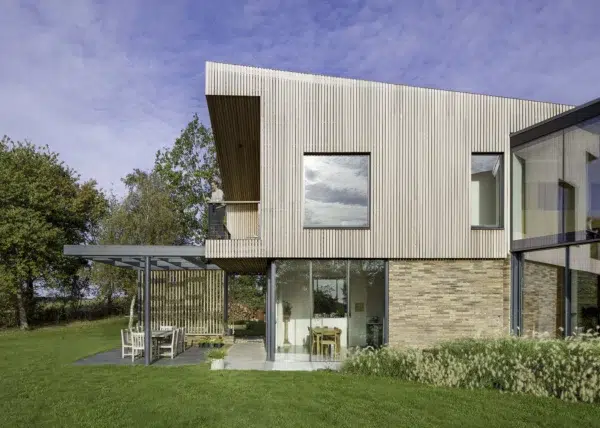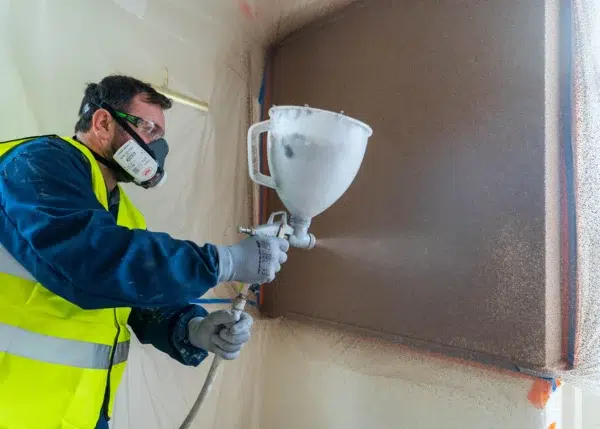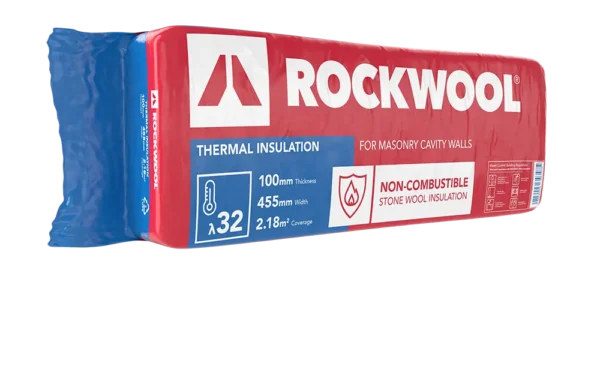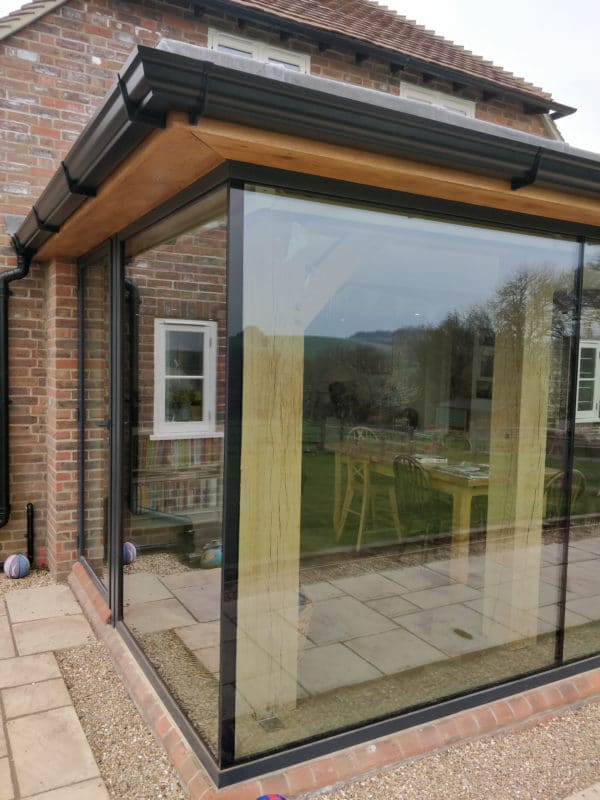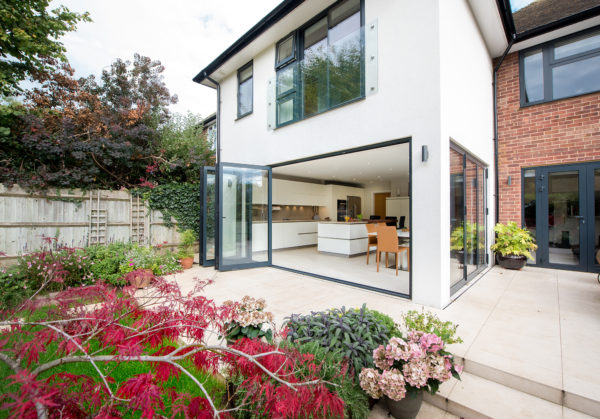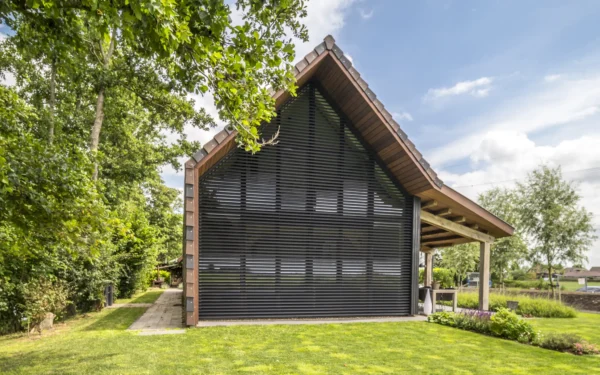Renovating Old Floors – Repairing & Replacing Vintage Flooring
On any period renovation project there will be many decisions to be made about what to do with original or older features – and that’s certainly the case with flooring. Whether you’re dealign with wood floors, parquet, tiles, encaustics, stone or other flooring materials, there’s a lot to consider.
Sometimes you may even need to take different approaches in different parts of the house. This can help you to get the best combination for your flooring when it comes to looks, practical features and preserving the character and value of the building.
When deciding what to do with old floors, you might also need to consider factors relating to structural performance, moisture management, insulation and heating.
After all, unless you’re renovating a more-or-less derelict building, you will be dealing with subfloors and coverings that are already in place. These are likely to feature a mixture of old and modern materials.
So it’s important to establish exactly what’s there before coming up with a strategy for your home’s old flooring.
Retaining & Repairing Old Floors
Characterful older floors often survive in period homes, but they may not be instantly visible. Some are hidden under newer carpets, vinyl or cement screed. If these newer coverings can be removed without causing damage, a usable and attractive floor can frequently be recovered.
Solid floors might be stone, brick or quarry tiles. If such flooring is in reasonable condition, it may need no more than a thorough scrub and careful repointing with lime mortar to offer excellent service.
Repairing encaustic floor tiles
Victorian encaustic tiles make for particularly beautiful and colourful floors. They’re often seen in hallways, but are easily damaged.
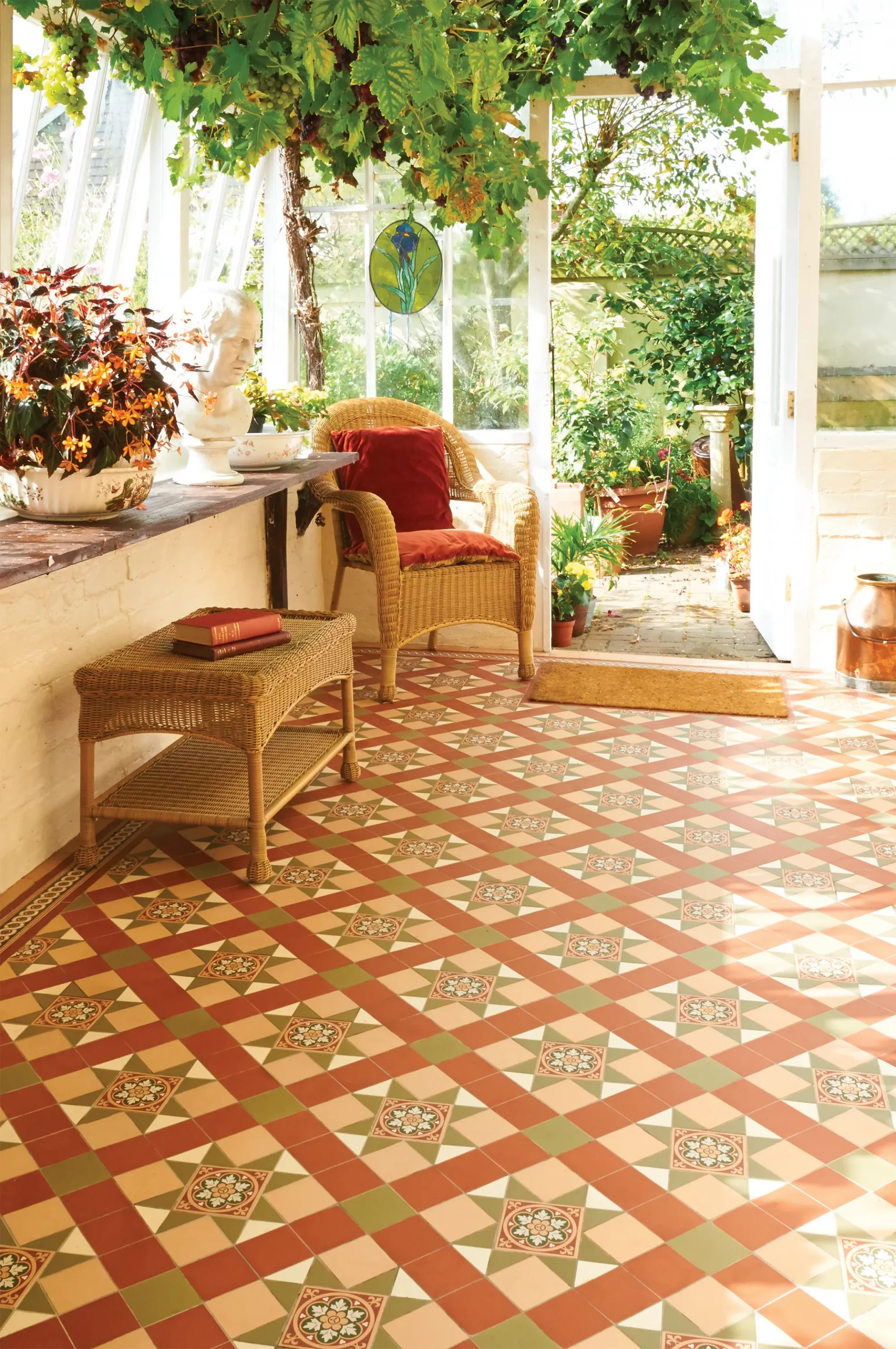
Original Style’s encaustic-effect Blenheim pattern in green, red, buff and white, with a Telford border tile
Repairing encaustics is a technical job, but there are now a few specialist manufacturers who have rediscovered the technique and make good quality replacement tiles. Even if they’re undamaged, they will need a lot of careful cleaning to restore their former glory.
Avoid abrasive or caustic cleaning materials, as these can cause irreparable damage.
Repairing old wood floors
Wood floors from the Victorian era are usually made of high quality, uniform softwood boards. These can be sanded and oiled, or even painted, to give a very attractive result.
If some boards are damaged or worm-eaten it should be possible to selectively lift and swap them around to hide the damaged ones (or any modern replacements) under furniture. Beneath the bed or the sofa are good spots to hide damaged flooring.
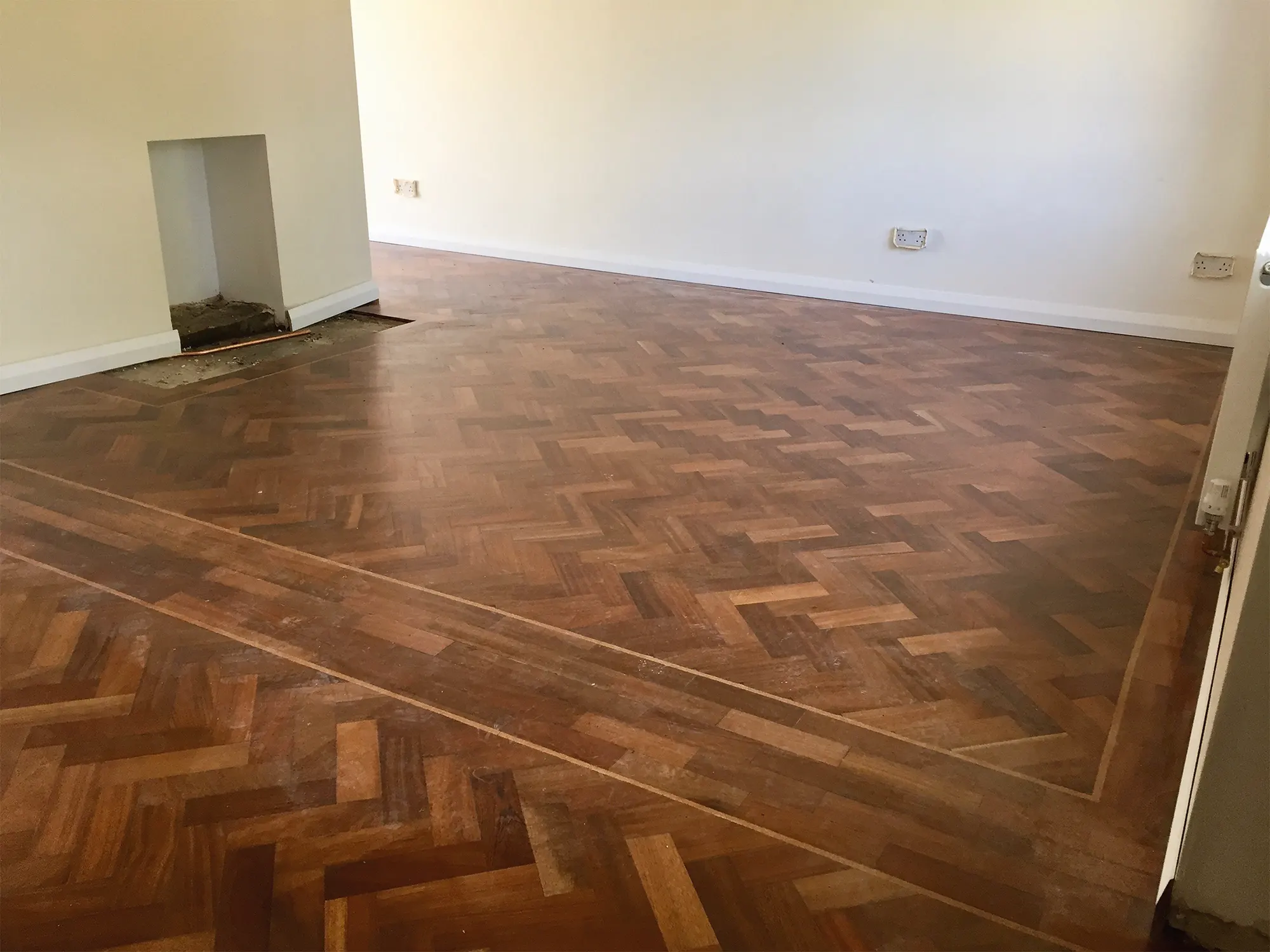
This parquet floor was uncovered beneath later finishes of vinyl and carpet – after repair and polishing it makes for an attractive feature
If necessary, suspended timber ground floors can often be lifted, with care, to repair joists.
The upper floors of older houses might still have thick, wide oak or elm boards. They will inevitably show the signs of age but are extremely durable. With reasonable care, these hardwood floors are capable of lasting indefinitely.
The floor boards will be irregular, each one having been cut and shaped to fit its particular space.
Because of this, any attempt to lift them risks considerable damage. It can be almost impossible to replace them exactly in the right position – plus they will not fit anywhere else!
Hence any required repairs should be carried out in situ by a skilled carpenter.
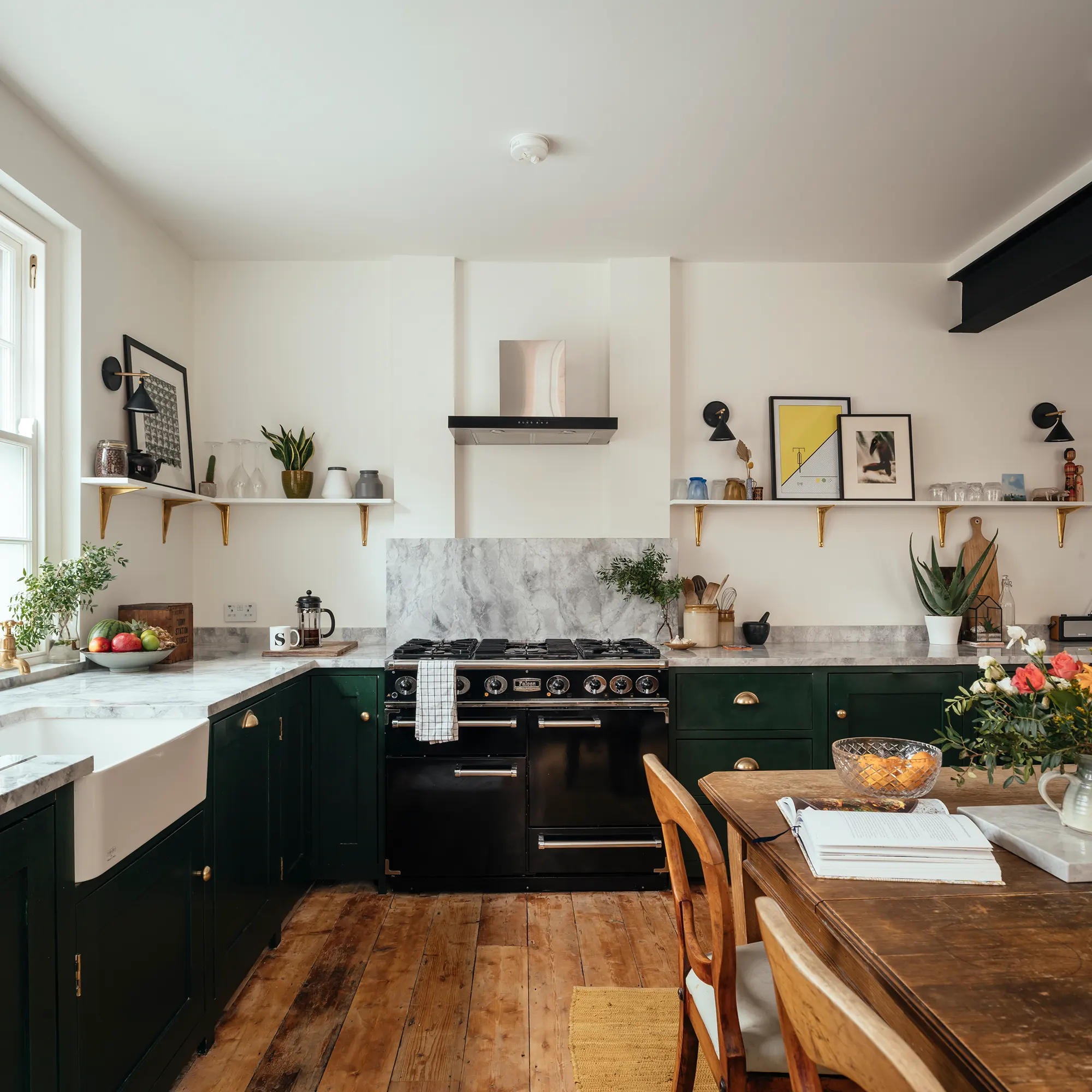
Whittaker Parsons took asustainable approach to renovating a Victorian property with an emphasis on the reuse of existing materials. These old timber floorboards were relaid and hand sanded. Photo: Jim Stephenson
What to Do with Modern Floors in Old Homes
If your period building features more recently updated coverings, this will present some different considerations.
Projects such as replacing the flooring, removing it in order to create a new double height space, or making alterations to create different room layouts or levels, will usually be more straightforward than with old or original examples.
In fact, the more complex question tends to be whether it’s possible to retain a more modern floor in an older building at all.
If replacement wood boards have been put in without due consideration, for instance, they’ll probably incorporate poorer-quality timber. Replacement floors often feature joists that are at high risk of decay and support cheap subfloors (such as unattractive floorboards or even chipboard). This can limit your choices of finish.
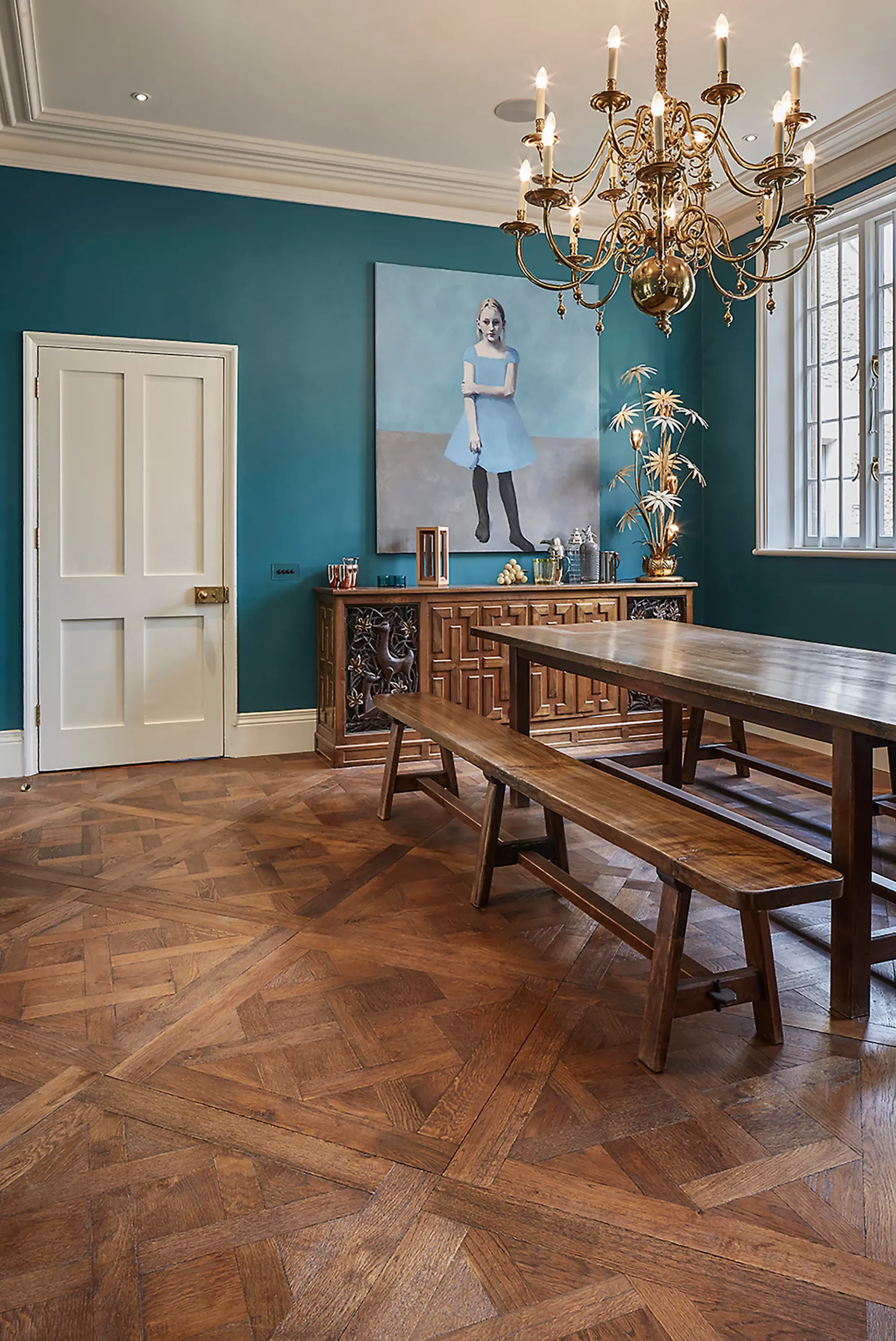
Good quality new floors can reinstate missing character. Versailles Antique engineered oak wood flooring adds wow-factor to this dining room, £136.74 per m2, from Havwoods
In old houses built with solid walls and no damp proof course (DPC), the presence of modern solid subfloors can be particularly problematic.
Concrete floors often incorporate a damp proof membrane (DPM), which will tend to transfer any moisture from the ground below into the base of the walls.
This can cause serious damp problems and is also likely to be very cold. Often there will be no choice but to replace this kind of solid floor with one that’s more compatible with the fabric of the building (see the next section for more on this).
Insulating Old Floors in a Period House
The floor is the element of a building with which you’re in most contact. So, insulating an old floor tends to have a significant positive impact on comfort levels.
If you’re going to tackle this kind of project, it’s important to take the right approach. Otherwise you could risk causing issues with damp.
Suspended timber floors can often be carefully lifted without causing damage. It is then quite a simple task to drape a membrane between the joists and fill the space between them with insulation before replacing the boards.
It’s essential to use breathable insulation materials in old floors in order to avoid damp and decay to the floor joists.
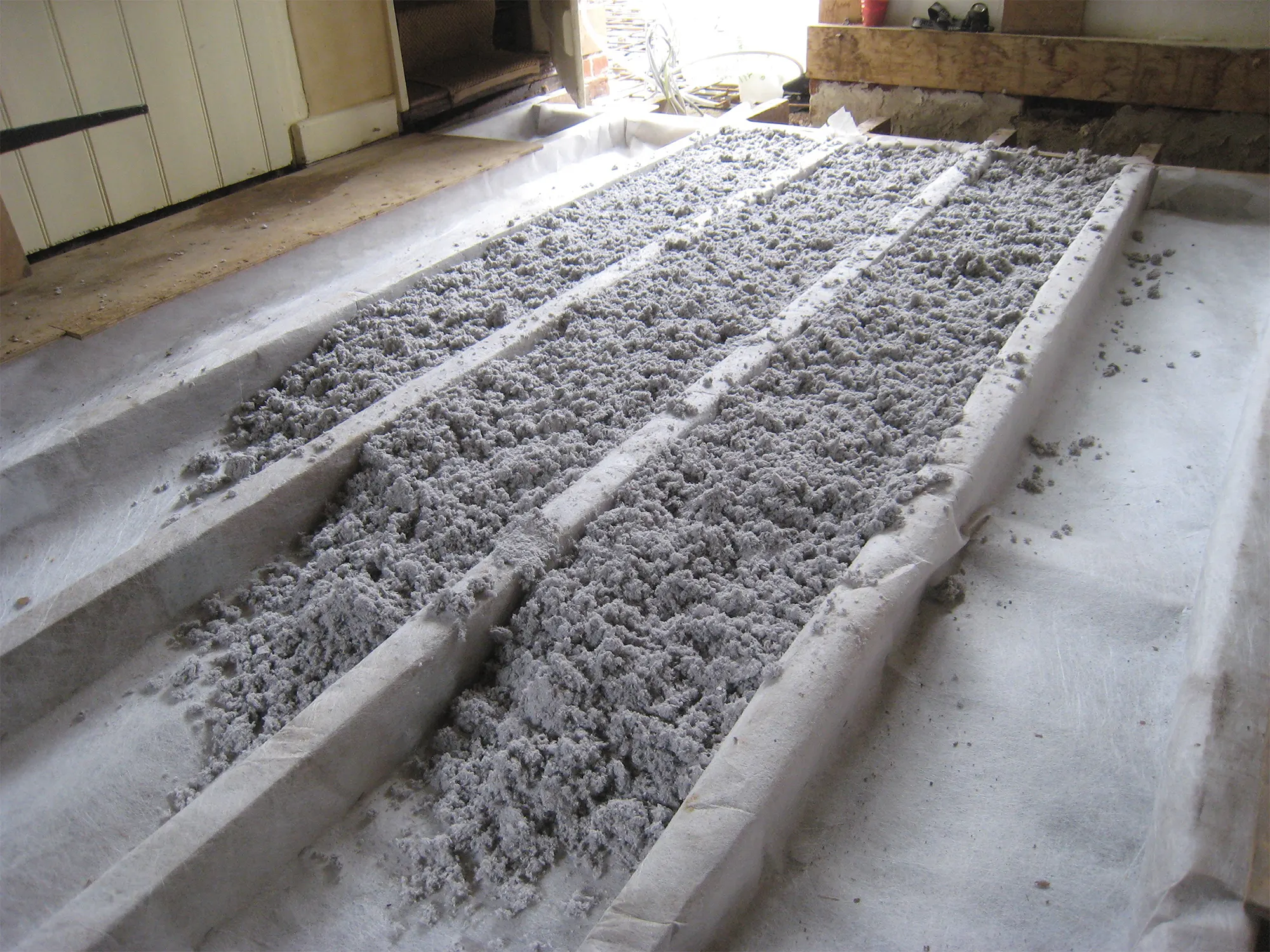
Loose cellulose insulation being fitted between the joists of a suspended timber floor
Loose fill cellulose insulation works well because it easily fills the voids without any gaps. The ventilation space below the joists should be left unobstructed.
Bear in mind that the older the floor, the less uniform the boards and joists will be. This greatly increases the difficulty of lifting and replacing the floor.
A significant cause of poor thermal performance in timber floors is that they lack airtightness. Draughts between the boards tend to make a room feel very cold. Well-detailed insulation as per the above will give excellent airtightness.
Read more: Making a Period Home Energy Efficient
If it’s not possible to lift boards safely because of their age, then fill the gaps between with hemp caulking to eliminate draughts.
Historic solid floors should be left undisturbed wherever possible, so they do not usually present any opportunity for insulation.
However, modern uninsulated concrete floors can be removed and replaced with a breathable, insulated version. A base of foamed glass aggregate covered by a lime screed is a good choice for heritage floors.
This is a specialist job that must be carefully planned. It is quite intrusive and disruptive but will make a big improvement to thermal performance.
Underfloor Heating for Old Floors
Where a floor must be replaced or substantially altered, there is the opportunity to incorporate underfloor heating (UFH).
Water-based systems provide consistent low-temperature heat throughout the surface area of the floor. This delivers great comfort levels, and works well if you’re installing new solid floors (where the pipework can be embedded in the lime screed).
UFH can be highly compatible with old buildings, which tend to offer good thermal mass, taking best advantage of the low-grade warmth this emitter provides.
Underfloor heating also avoids the irregular peaks and troughs and high flow temperatures of conventional radiator systems. This makes UFH very efficient and sympathetic to the sensitive structural fabric of period properties.
Choosing New Floor Finishes for Period Properties
If your home features decorative historic floors, the obvious option is to leave them on show. However, you might find them very cold in winter.
Mitigate this by using thick rugs or even laying rush matting (a centuries-old technique) as a temporary winter covering.
In summer, the exposed floor’s thermal mass can help to regulate temperatures and keep your rooms cool.
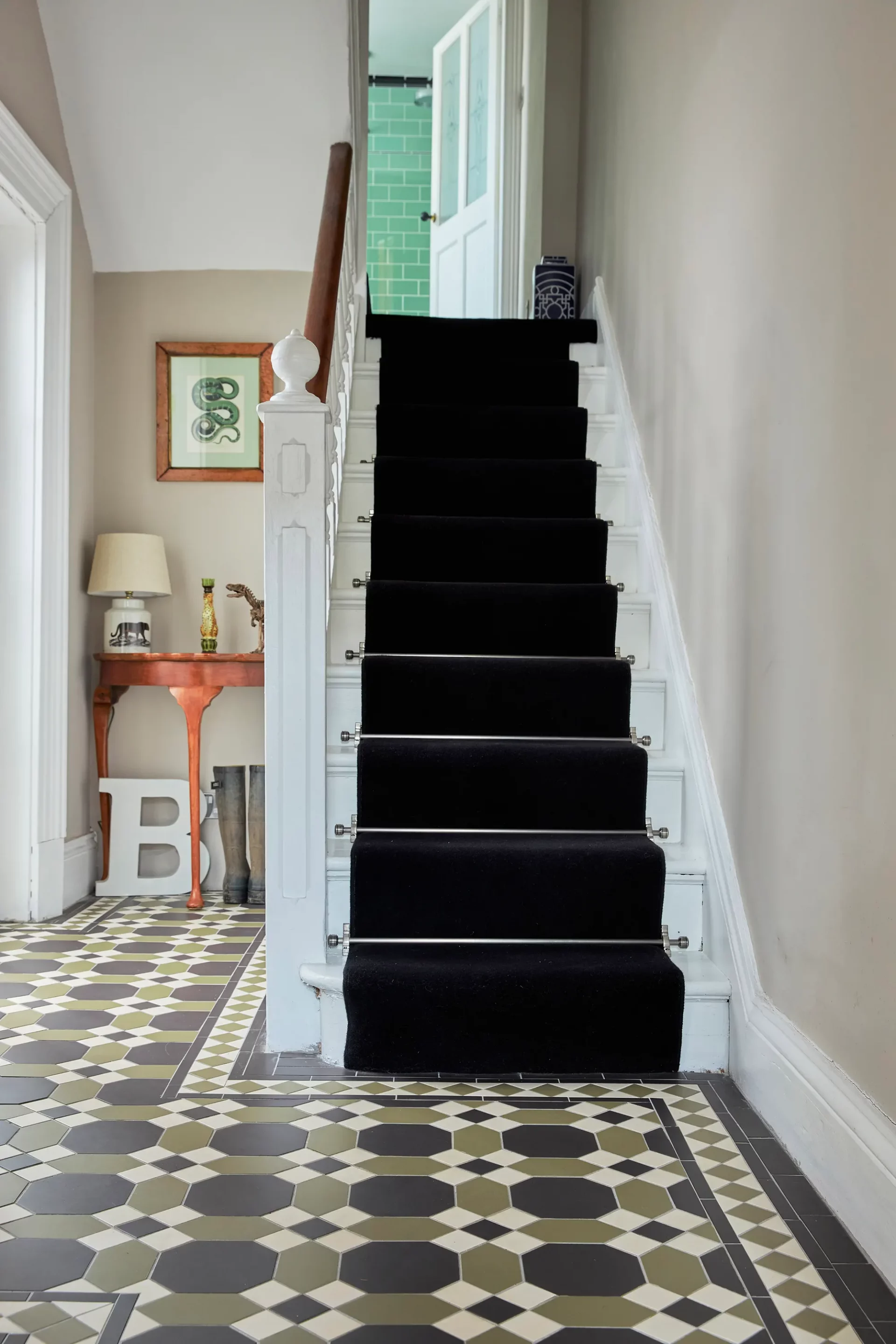
Original Style’s Harrogate range replicates the original grandeur of a tiled Victorian floor. This traditional pattern features 106mm octagon units laid alongside 37mm squares, with a classic border of Austen tiles
A well-specified new foam glass and lime screeded solid floor will perform so well that you’ll have a completely free choice on floor finishes. You might find inspiration in old photos or original materials found in neighbouring houses.
If UFH has been incorporated, this will be much more effective if you choose a conductive material with good thermal mass (eg stone or tile) rather than carpet (which is more insulating).
Timber subfloors can be carpeted but you may prefer to leave older, more attractive examples exposed.
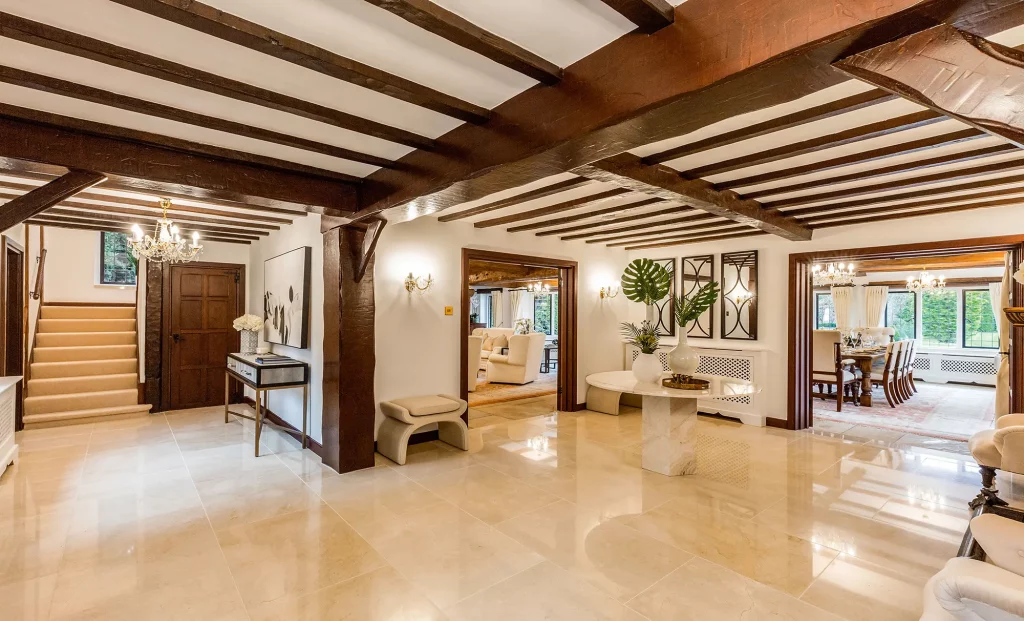
Athena Stonecare carried out a diamond resurfacing of this marble floor to remove scratches. The tiles were also polished to establish a mid-level of shine
Boards laid in the 18th and 19th centuries have often suffered from generations of owners adding carpet tacks, nails, stains, paint etc. They can usually be sanded and refinished with a hard wax oil to create a usable floor.
Older boards will be much more irregular and uneven. This means that any effort to smooth them will be counter-productive, causing damage rather than yielding effective results.
With old timber boards, a good clean and plenty of beeswax polish is a better route to a characterful floor. This will mean irregularities and signs of past wear become part of the patina of age.
Key things to remember ahead of renovating your home’s floor:
|
This article was first published in 2019 and updated on 6th August 2022
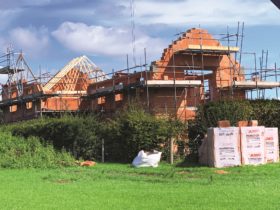


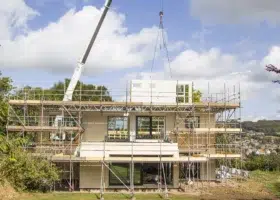
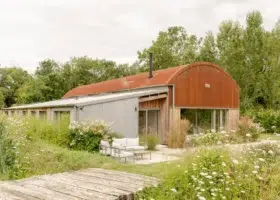
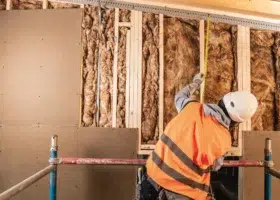
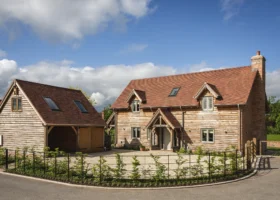
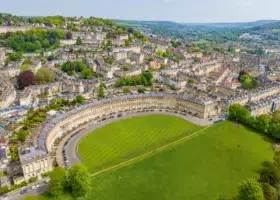

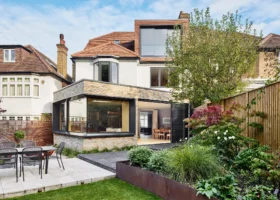
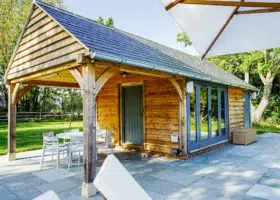
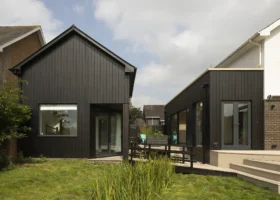
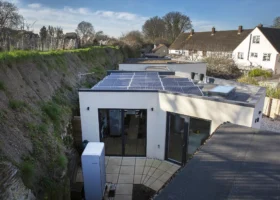
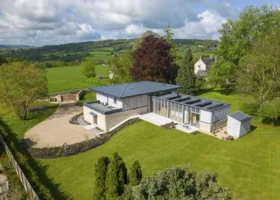



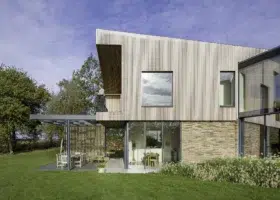
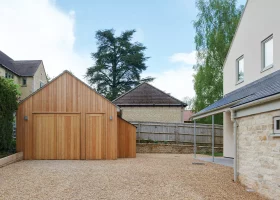
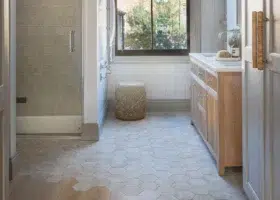

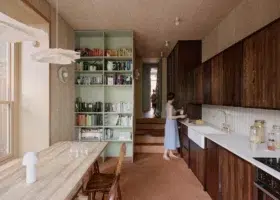
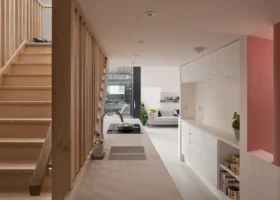
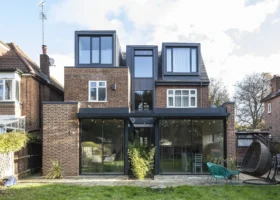
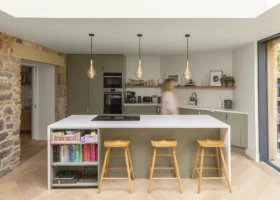
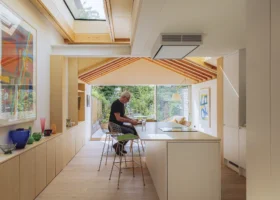
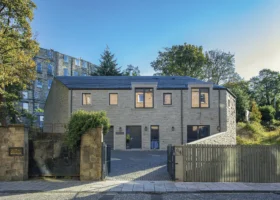
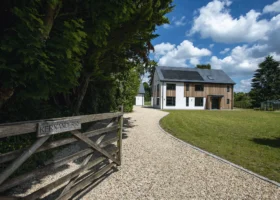


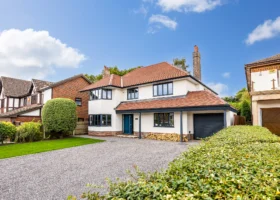

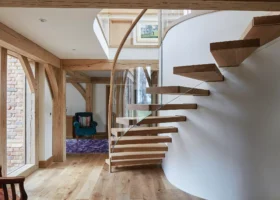
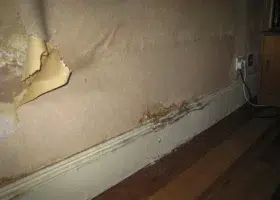

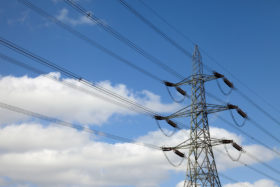
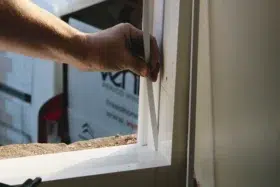
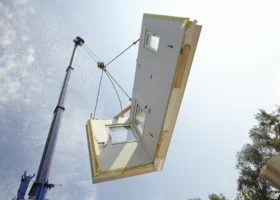

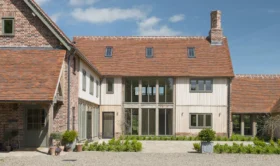
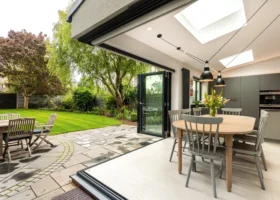
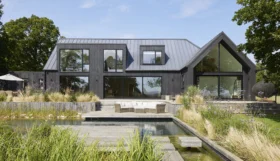
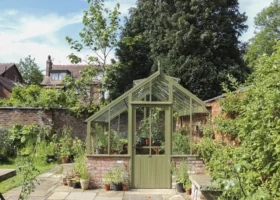
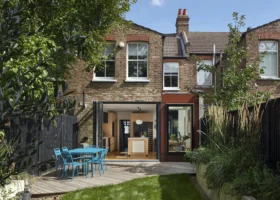

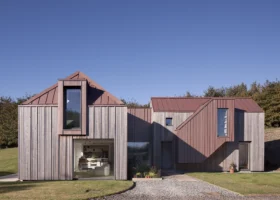
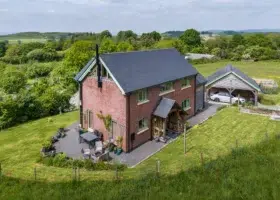
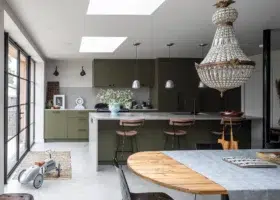
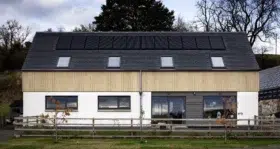


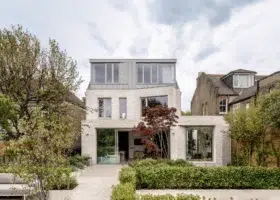
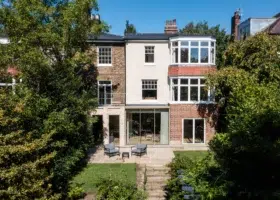
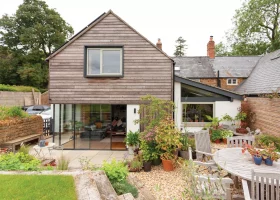
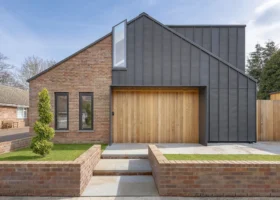
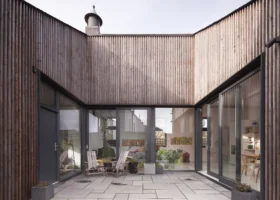
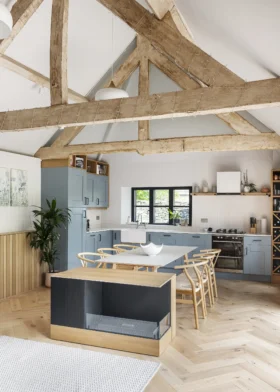






















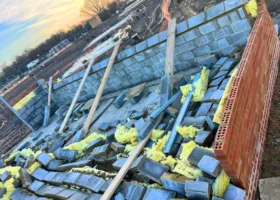







 Login/register to save Article for later
Login/register to save Article for later

